As most readers will know, Navy Wings is a charitable trust which operates a fleet of former Royal Navy Fleet Air Arm aircraft from their home at RNAS Yeovilton in Somerset, England. The organization announced on Sunday that their Hawker Sea Hawk FGA.6 (WV908) has just arrived at their home base to begin its restoration back to airworthy condition. This second generation naval jet fighter is likely the last of her breed capable of flight; she hasn’t ventured skywards in more than a decade, so it will be marvelous to hear her engine roar again in the not too distant future!
More details are available in the Navy Wings press release below…
“We have been assessing the wider feasibility of all our potential aircraft restoration projects and, as part of that process, we have concluded that the restoration of Sea Hawk FGA.6 VW908 to flight is both affordable and achievable.
The aircraft, which last displayed in 2010, has been in dehumidified storage at RAF Shawbury awaiting a decision on her future. We have now commissioned a full survey of the work required and in broad terms, it will cost about 10% of the funds that would be required to return the Sea Vixen to flight.
Therefore, the Charity is delighted to announce that the plan to restore WV908 back to flight will now commence. The aircraft has recently been transferred to our Heritage Hangar at Yeovilton and our engineers will oversee the return to flight plan, which we estimate will take about two years.
This has been a very difficult decision for the charity. We believe that this course of action is the most responsible and has by far the greatest opportunity to be successful. The Sea Hawk will make an exciting addition to the future air show circuit.
We will be providing regular updates on the Sea Hawk project via our social channels, so if you would like to support the restoration of the Sea Hawk and get restoration news first, please join us by signing up as a supporter.“
Airframe History: “Sea Hawk FGA.6 WV908 was built at the Armstrong Whitworth factory at Baginton, Coventry, in 1954 as an FGA.4 variant and assembled at the company’s Bitteswell airfield before being delivered to the Royal Navy in 1955. She served initially with 807 Naval Air Squadron (NAS) and then 898 NAS embarked in HMS Ark Royal and HMS Bulwark and ashore at Royal Naval Air Station (RNAS) Brawdy.
After conversion to FGA.6 standard at Fleetlands in 1958 she flew with 806 NAS until 1960 when she was reassigned to a training role with 738 Squadron at RNAS Lossiemouth. In 1962 the aircraft was sent for storage at the Royal Naval Aircraft Yard Belfast before being loaned to the RAF Apprentices School at RAF Halton in 1971 for use as a systems trainer. She was then acquired by RNAS Culdrose, which bears the name HMS Seahawk as a ‘ground runner’, used to train carrier deck personnel. At this juncture a team of volunteers restored her to flying display condition with her taking to the skies in 1978 before transferring to RNAS Yeovilton to join the Royal Navy Historic Flight in 1982.
In 1989 she underwent a complete refurbishment at British Aerospace’s Dunsfold works which was completed in 1996. She is now resplendent in the markings she wore when serving with 806 NAS on front line service in HMS Albion.”
It seems like great things are beginning to happen again for Navy Wings. The great news about the Sea Hawk comes on the back of a substantial donation for the acquisition of a fully overhauled Bristol Pegasus engine for one of the organization’s Fairey Swordfish torpedo bombers and, of course, Tim Manna’s magnificently restored and uniquely airworthy Supermarine Seafire Mk.XVII SX336 back in December, 2021. It will be marvelous to see the two aircraft reunited in the skies at air shows once more.







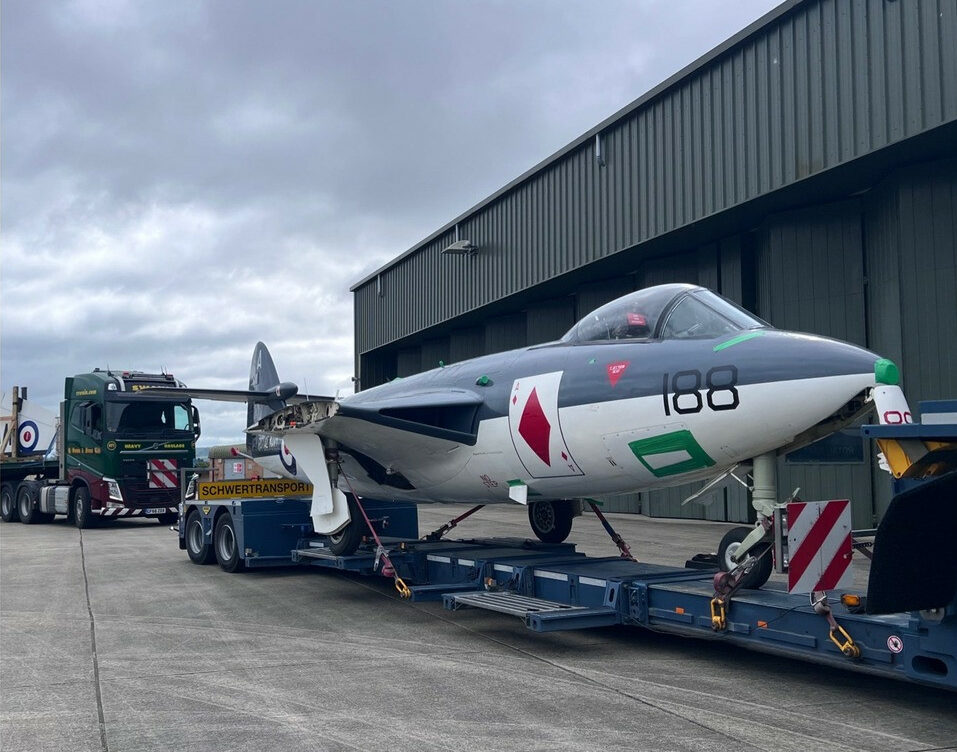

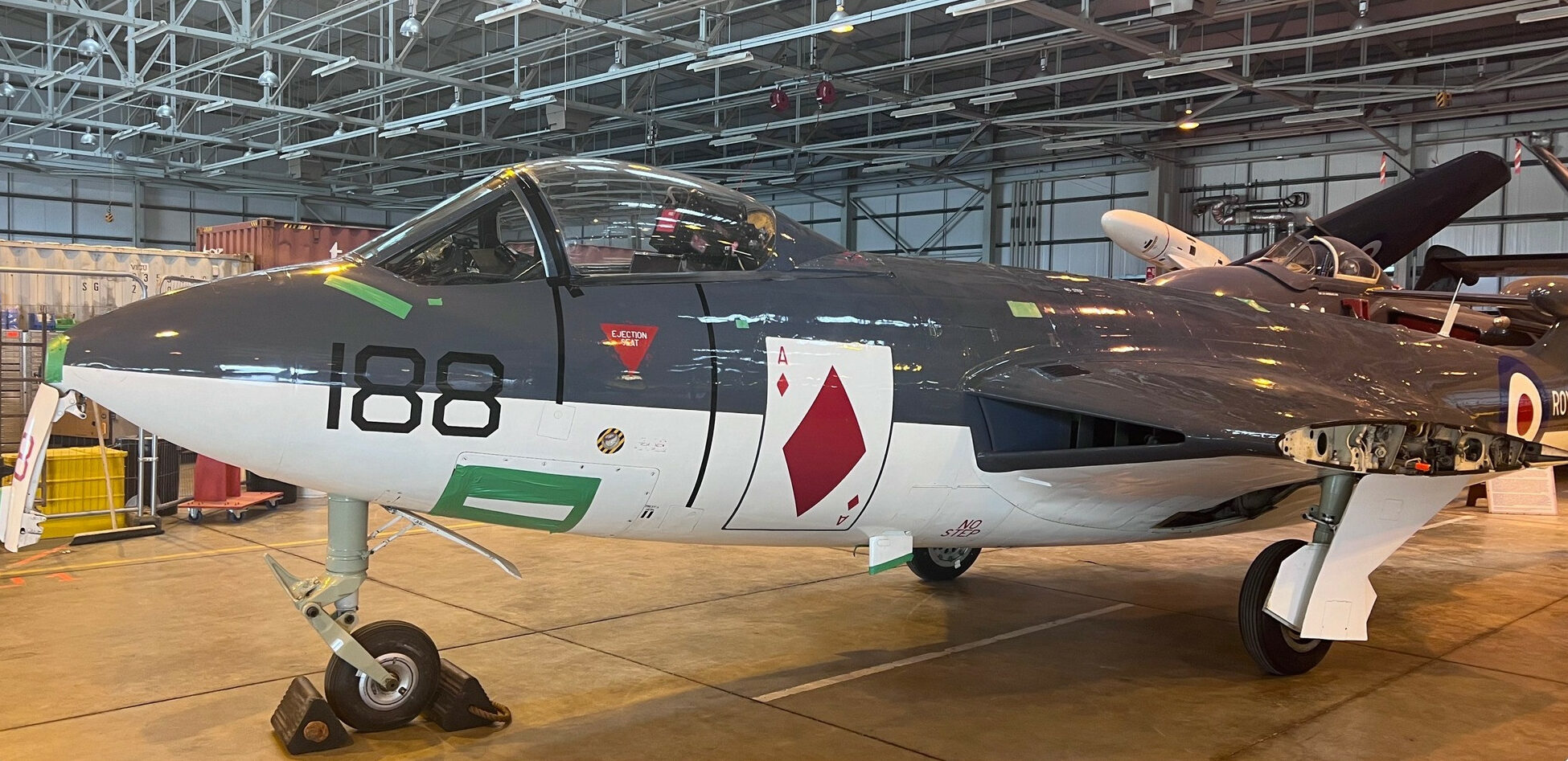

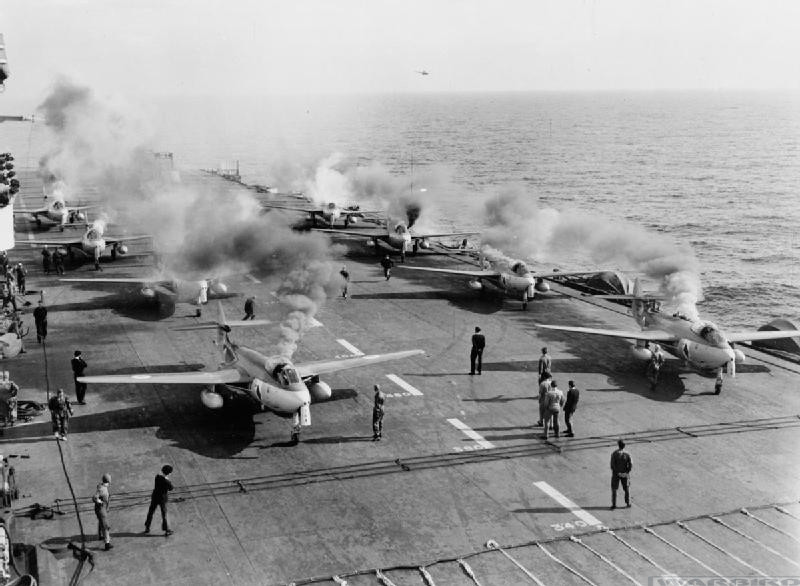
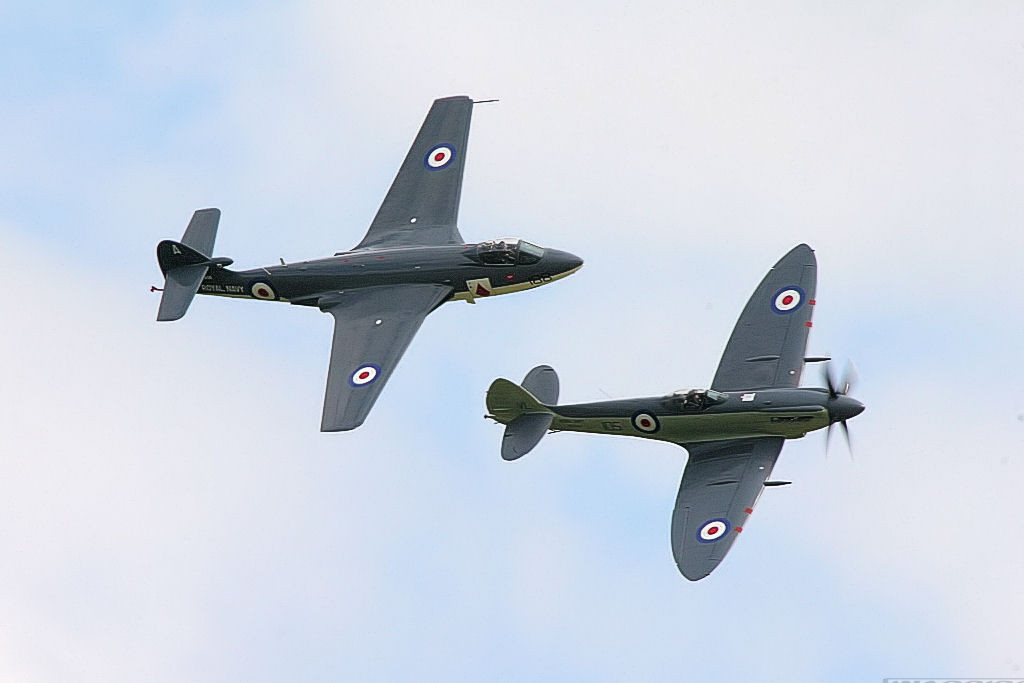
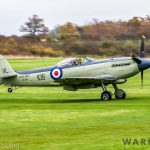
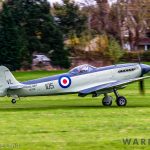
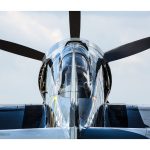
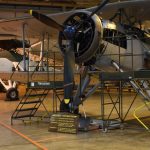
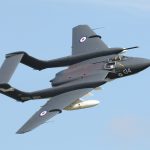
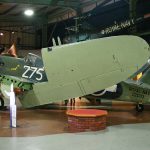


![Into Flight Once More brings D-Day Squadron’s Grand Adventure to The Big Screen [Documentary Review] 15 Screen Shot 2019 09 18 at 10.56.26](https://vintageaviationnews.com/wp-content/uploads/Screen-Shot-2019-09-18-at-10.56.26-150x150.jpg)












